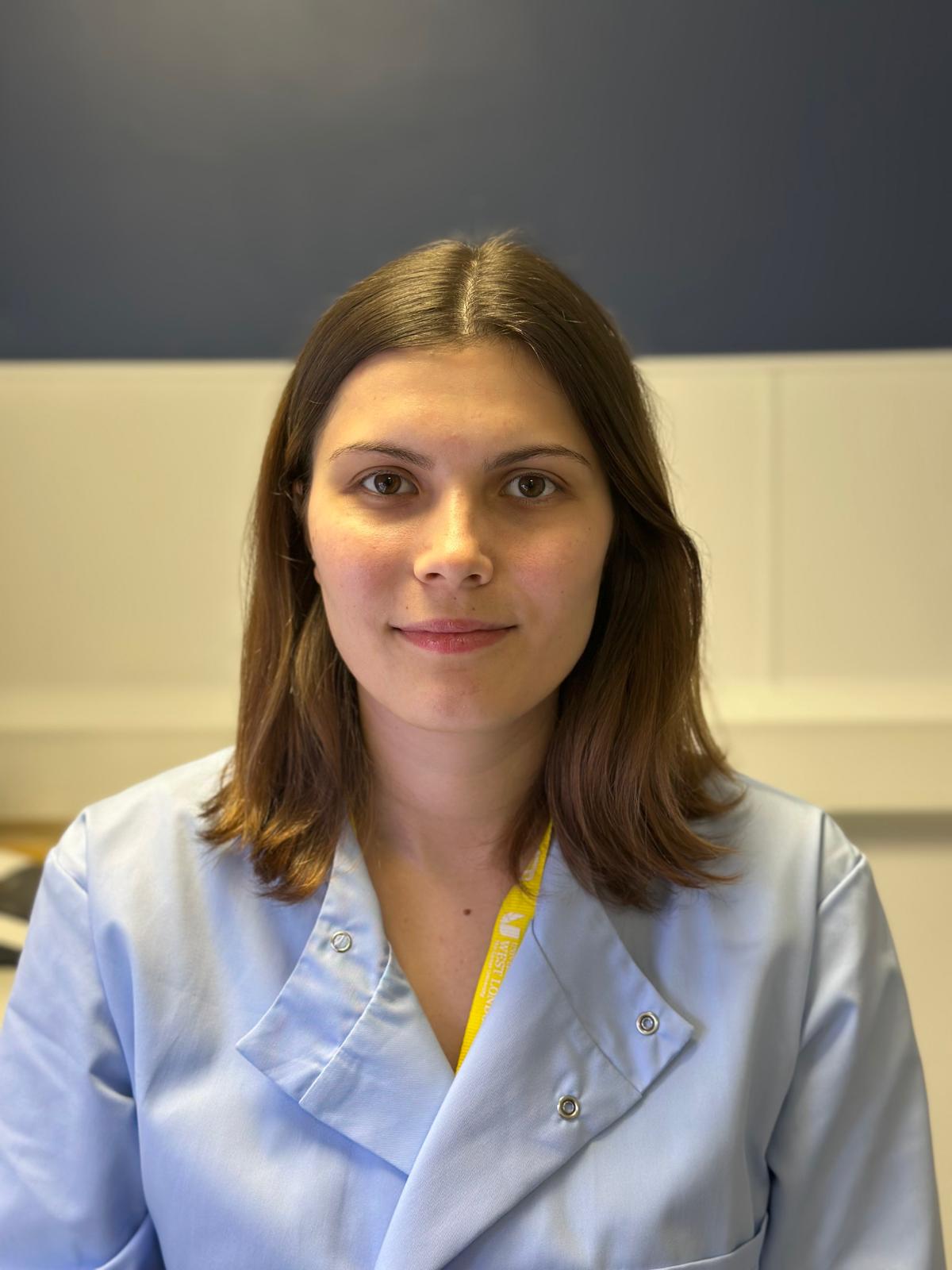Biography
I’m a PhD student at the University of West London (UWL) and University College London (UCL), where my research focuses on developing a 3D bioprinted implant that mimics nerve tissue to support regeneration after nerve gap injuries.
I have nearly two years of experience in bioprinting and tissue engineering, including the first year of my PhD, focused on creating functional, biomimetic implants. My interest in regenerative medicine began during my undergraduate studies, where I completed a project titled “Stability Optimization of Alginate-Based Scaffold for Sustained Drug Release.” In it, I designed an alginate-based ocular implant that gradually released an antibody-based drug. This work was recognized with the Top Project Award from the Royal Society of Biology.
My work is driven by a passion for interdisciplinary research and the potential of bioprinting to create innovative solutions for real clinical needs.
Qualifications
- PhD in Biomedical Science, University of West London & University College London, London, United Kingdom (Ongoing)
- BSc in Biomedical Science, University of West London, London, United Kingdom (2024)
Supervisors
Dr Hanieh Khalili, Professor James Phillips
Research Projects
My PhD research focuses on developing a 3D bio-printed implant that closely mimics the structure and environment of nerve tissue, with the goal of facilitating regeneration across nerve gap injuries, conditions that are often difficult to treat with current surgical techniques alone. By combining biomaterials and bio-fabrication strategies, the project aims to create a scaffold that not only physically bridges the nerve gap but also provides the necessary biological cues to support cell growth, alignment, and nerve signal transmission.
This work addresses a significant clinical need, particularly for patients suffering from traumatic nerve injuries, where the loss of sensory and motor function can be life-altering. Traditional nerve grafts have limitations such as donor site morbidity and limited availability. A bio-printed, patient specific implant could offer a more effective and scalable alternative.
In the long term, this research has the potential to advance the field of peripheral nerve repair, reduce patient recovery times, and contribute to the broader application of bioprinting in regenerative medicine
Research Interests
- 3D Bioprinting
- Tissue Engineering
- Biomaterials
- Drug Delivery Systems
- Peripheral Nerve Repair
- Biomedical Implants
Workshop/Training
- Biofabrication for Healthcare Research and Innovation, Henry Royce Institute


